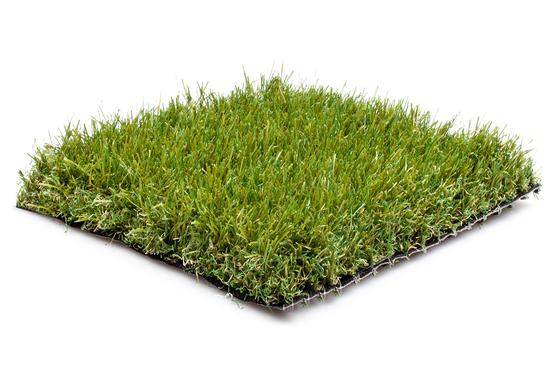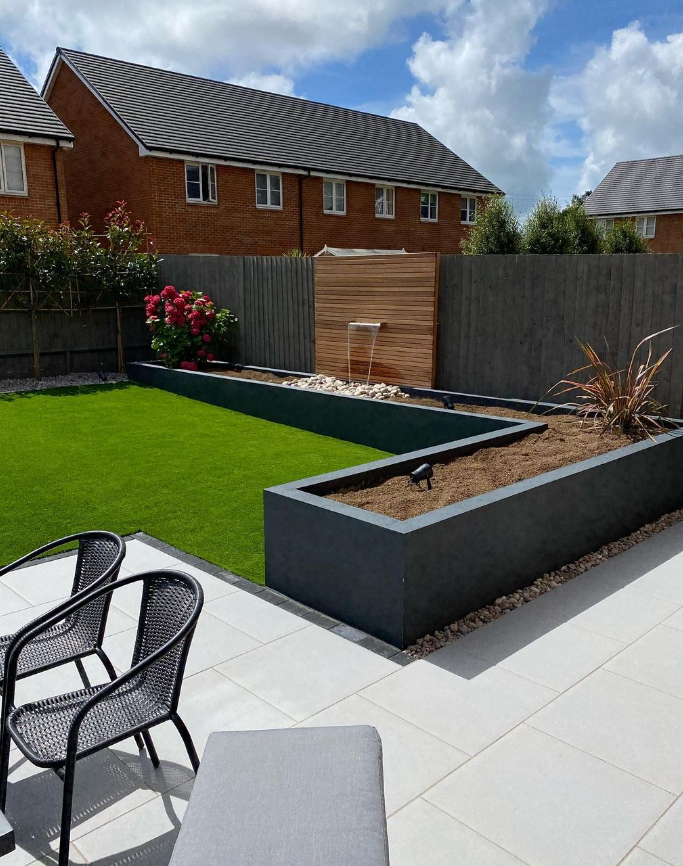
10 Ways to Keep Your Garden Looking Fresh All Year Round
A well-maintained garden transforms any outdoor space, adding beauty and character to your home. But keeping it fresh throughout the year takes more than just occasional watering or a quick trim. Changing seasons affect plant health, grass condition, and the overall appearance of your garden.
With a few smart strategies, you can keep your garden looking vibrant no matter the weather. From choosing the right plants to using artificial grass, efficient watering techniques, and decorative enhancements, these ten garden care tips will help you create an outdoor space that stays inviting in every season giving you that fresh garden feel.
1. Keep Your Grass Green with Artificial Grass
Maintaining a lush, green lawn can be time-consuming, with constant mowing, watering, and seasonal care. A great alternative is artificial grass, which stays vibrant all year round with minimal effort. Modern artificial grass looks natural, eliminates muddy patches, and is perfect for areas where real grass struggles to grow.
For pet owners, pet-friendly grass is a great solution, providing a durable, easy-to-clean surface that withstands wear and tear. To keep artificial grass in top condition, simply brush it regularly and rinse it occasionally to remove dust and debris.
2. Choose Seasonal Plants for Year-Round Colour

A garden that looks fresh in every season needs a variety of plants that bloom at different times of the year. Mixing perennials, evergreens, and seasonal flowers ensures continuous colour and interest.
For winter, hardy plants like pansies and heather add brightness, while tulips and daffodils bring fresh colour in spring. In summer, dahlias and lavender thrive, while autumn can be enhanced with chrysanthemums and Japanese maple.
Planning your garden layout with a mix of these plants guarantees year-round vibrancy. Swapping seasonal flowers in pots and borders is an easy way to refresh your garden’s look without major changes.
3. Regularly Prune and Trim Plants
Pruning and trimming keep plants healthy and your garden looking neat. Removing dead leaves, branches, and overgrown stems encourages new growth and prevents disease.
Hedges and shrubs benefit from regular shaping to maintain a tidy appearance, while flowering plants produce more blooms when pruned correctly. Use clean, sharp tools suited to each plant type to avoid unnecessary damage.
A simple schedule—light pruning in spring and autumn, with maintenance trims throughout the year—keeps your outdoors looking fresh thanks to year-round garden maintenance.
4. Use Mulch to Retain Moisture and Prevent Weeds

Mulching is an easy way to improve soil health while keeping your garden looking tidy. A layer of mulch helps soil retain moisture, reducing the need for frequent watering. It also suppresses weeds, preventing them from taking over flower beds and borders.
Organic mulch options like bark, straw, or compost enrich the soil with nutrients as they break down. For best results, refresh mulch layers seasonally to maintain their benefits and keep your garden beds looking neat and well-kept.
5. Install an Efficient Watering System
Watering your garden correctly keeps plants healthy and looking their best. A drip irrigation system delivers water directly to plant roots, reducing waste and preventing overwatering. Soaker hoses and timed sprinklers automate the process, making garden care easier.
For best results, water early in the morning or late in the evening to minimise evaporation. Collecting rainwater in water butts is an eco-friendly way to keep your garden hydrated while reducing reliance on tap water.
6. Refresh Garden Beds with New Soil

Over time, soil loses nutrients, making it harder for plants to thrive. Adding fresh compost or nutrient-rich soil revitalises garden beds, improving plant health and growth.
Turning and aerating the soil boosts drainage and allows roots to absorb nutrients more effectively. For the best results, choose soil blends suited to specific plants—acidic soil for azaleas, well-draining soil for succulents, and rich loam for vegetable patches.
Refreshing your soil seasonally ensures your garden remains healthy and full of life.
7. Incorporate Hardscaping for Visual Appeal
Hardscaping adds structure to your garden while reducing maintenance. Pathways, stone borders, and raised beds create a polished look and help define different areas of your outdoor space.
Decorative elements like gravel, stepping stones, and wooden edging add texture and contrast, making the garden more visually interesting. Installing a pergola or trellis introduces height and can support climbing plants for a lush, green effect.
By balancing plants with hardscaping, you can achieve a stylish, low-maintenance garden that looks fresh all year.
8. Keep Garden Furniture and Decor Clean

Outdoor furniture and décor can quickly gather dirt and weather damage, making the garden look untidy. Regularly wiping down tables, chairs, and benches prevents grime buildup and extends their lifespan.
Store cushions and soft furnishings during wet months to keep them fresh, and use protective covers for furniture when not in use. Small seasonal updates—like swapping planters, lanterns, or cushions—can instantly refresh your garden’s look with minimal effort.
A little upkeep ensures your outdoor space stays inviting and stylish all year round.
9. Add Outdoor Lighting for a Vibrant Look
Well-placed lighting transforms a garden, making it just as inviting at night as it is during the day. Solar-powered lights offer an energy-efficient way to illuminate pathways, flower beds, and seating areas.
String lights, lanterns, and spotlights can highlight key garden features and create a cosy atmosphere for evening gatherings. For added security, motion-sensor lights help brighten darker corners while enhancing the garden’s aesthetics.
A mix of lighting styles ensures your outdoor space looks warm and welcoming in every season.
10. Protect Your Plants from Pests and Diseases

Pests and diseases can quickly ruin a well-maintained garden, so regular checks are essential. Aphids, slugs, and caterpillars are common garden pests that damage plants. Using natural remedies like companion planting or introducing beneficial insects (such as ladybirds) can help keep them under control.
To prevent diseases, inspect plants regularly and remove any affected leaves or stems. Crop rotation in vegetable gardens reduces the risk of soil-borne diseases, while choosing disease-resistant plants adds an extra layer of protection.
By staying proactive, you can keep your garden healthy and thriving all year.
Keeping your garden looking fresh all year doesn’t have to be difficult as these low-maintenance garden ideas have shown. A mix of artificial grass, the best plants for all seasons, and smart watering techniques can make maintenance easier. Adding hardscaping, lighting, and decorative elements ensures your outdoor space remains inviting in every season.
If you're considering artificial grass for a low-maintenance solution, you can order free samples to find the perfect match for your garden. For any questions, feel free to contact us at Tuda Grass—we’re happy to help!


